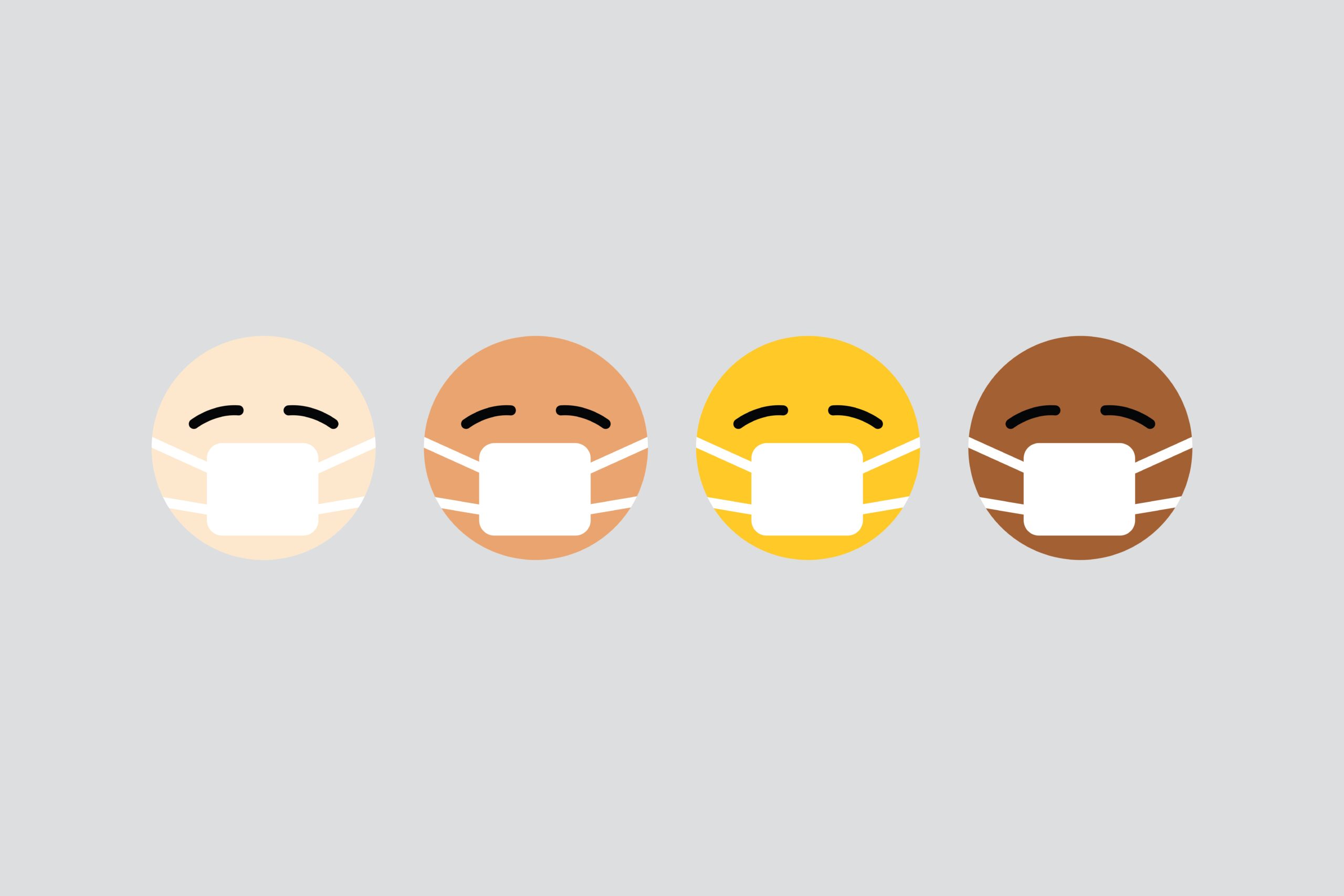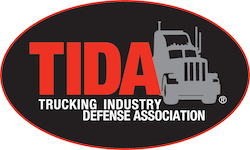With the numbers of new infections at or close to peak levels around the globe, it’s possible that the COVID-19 pandemic may soon begin to subside. But the proverbial light at the end of the tunnel may be dimmed by scores of employment-related lawsuits likely to arise from the event.
At the end of the first week of April, at least 16 million Americans had filed for unemployment, and some economists project that number could eventually top 20 million. Countless more may still be working, but have taken pay cuts. Employers face tough decisions around the extent to which they can continue operating, who they can and cannot afford to keep, and how to ensure remaining employees’ safety.
The speed with which many of those decisions are made could leave some employers in noncompliance with employment law. The good news is that companies can take positive steps to balance their operational needs with the health and safety of employees, reducing their exposure to litigation.
Here are three types of lawsuits employers may face as a result of COVID-19, and how to avoid them:
- Negligence and Wrongful Death
Essential businesses are already coming under fire for not doing enough to protect their workers from infection. Some supermarkets have distributed masks and gloves to employees, limited store hours to leave more time for sanitizing, and restricted the number of customers who can be in the store at one time. But critics claim those measures were too little too late, and employees who fall ill could ultimately pin the blame on their employers for exposing them to unsafe working conditions.
While employers can’t completely eliminate the risk of infections, there are some best practices to follow. First and foremost, make sure anyone who can work from home does so. For essential workers who have to keep reporting on-site:
- Find ways to adjust workflow so that employees are able to maintain at least 6 feet of distance from each other
- Implement regular sanitation. Anything common materials that people touch – shopping carts, keypads, door handles, etc. — should be sanitized between each use or as often as possible.
- Provide masks and gloves. If supplies are running low, see if other closed businesses can help. Construction companies, nail salons, dentists and veterinarians have been donating PPE in recent weeks.
- Send sick employees home! Federal aid may be available to help employers continue paying workers who are sick or self-quarantining.
- Wage and Hour
Many businesses are figuring out how to manage a remote workforce on the fly, and one of the biggest challenges is time tracking. Non-exempt, hourly employees need to be paid for actual hours worked. Without firm start and stop times, employees may find themselves working earlier or later than usual – and are entitled to wages for those extra hours unless employers enforce clear schedules.
To avoid wage and hour litigation, employers should:
- Require employees to stick to their normal schedules, and resist communicating with employees or requesting small tasks during their off hours.
- Consider signing up for timesheet software or apps that workers can download on their personal or company-issued devices to accurately capture time worked.
- Require employees to log off of company networks at the end of their shift, and during rest and meal breaks, which they must continue taking.
- Discrimination and Wrongful Termination
Monitoring employee health gets tricky when one worker’s illness could have such severe ripple effects through the entire workforce. Employers may ask essential workers to report any underlying conditions that place them at increased risk, but they cannot place those workers on unpaid leave or terminate them based on that information.
Employers cannot, for example, mandate that workers who are older than 60, have diabetes, heart disease, autoimmune disease, or any other medical condition stay home if they have not reported symptoms. Doing so would violate the Americans with Disabilities Act and/or the Age Discrimination Act.
If an employer is requiring an employee to stay home, it should have documentation to support that decision, including daily surveys of workers’ symptoms.
More Resources for Employers
Ultimately, employers can best protect themselves from litigation by protecting their workers. Business owners can take advantage of federal aid through the CARES Act, which aims to help small business owners retain and pay employees through the crisis. The Families First Coronavirus Response Act also provides tax breaks to certain businesses, and mandates 14 days of paid sick leave, which may also help employers save their payrolls.
One of the best ways for employers to assist employees during the crisis is to maintain open lines of communication. Clearly communicate safety risks in the workplace and how employees can reduce their chances of exposure. If furloughs or reductions in hours or pay seem imminent, explain this necessity as early as possible to employees. When plans to reopen begin to take shape, share those updates as well.
This is a difficult time for everyone, but maintaining compassion and empathy can go a long way in making it easier.







